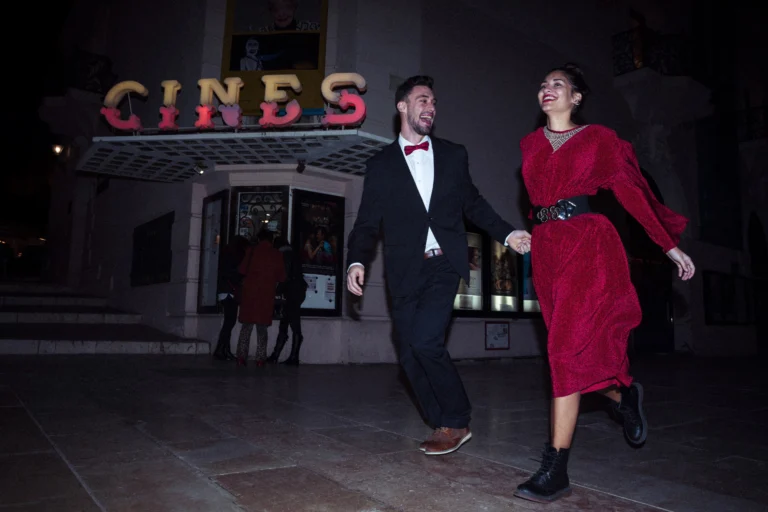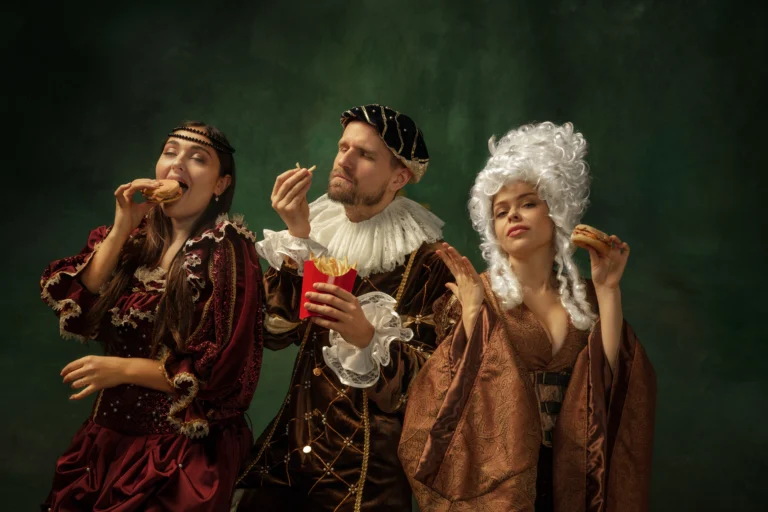Evolution of Film Genres: How Cinema Has Transformed Over the Decades. Cinema has come a long way since its inception in the late 19th century. What began as simple moving images evolved into a powerful medium of storytelling, entertainment, and cultural expression. In the early days, films had no formal genres.
However, as filmmakers began to explore new techniques and narratives, genres naturally emerged. The silent film era (1890s–1920s) saw the rise of slapstick comedy, historical epics, and horror films.
By the 1920s, Hollywood had established its first major genres:
- Silent Comedy – Led by Charlie Chaplin (City Lights), Buster Keaton (The General), and Harold Lloyd, these films relied on physical humor and expressive storytelling.
- Horror – Influenced by German Expressionism, films like Nosferatu (1922) introduced eerie visuals that shaped the future of the genre.
The introduction of dialogue forever changed how stories were told on screen.
The Golden Age of Hollywood and the Rise of Genre Cinema (1930s–1960s)
With the development of sound and color filmmaking, the 1930s to 1960s became a defining period for cinematic genres. This was Hollywood’s Golden Age, where major studios like MGM, Warner Bros., and Paramount perfected genre filmmaking.
Some of the most influential genres that emerged or solidified during this era include:
- Musicals – Films like Singin’ in the Rain (1952) showcased elaborate choreography and memorable soundtracks, making musicals a beloved genre, for example.
- Film Noir – Hard-boiled detective stories with moody cinematography, such as Double Indemnity (1944) and The Maltese Falcon (1941), defined the post-war era.
During this time, genre filmmaking became more refined. Studios specialized in specific genres—Universal was known for horror (Dracula, Frankenstein), while MGM dominated musicals.
Meanwhile, international cinema also flourished. Italian Neorealism (Bicycle Thieves, 1948) and Japanese Samurai films (Seven Samurai, 1954) influenced Hollywood, proving that great storytelling transcends borders.
The Genre Revolution: How the 1970s and 1980s Transformed Cinema
The 1970s and 1980s marked a dramatic shift in film genres, largely driven by technological advancements, cultural changes, and the rise of the blockbuster era. As a result, this period saw the decline of the traditional studio system. Furthermore, it led to the emergence of a new wave of directors who, in turn, redefined genre filmmaking—for example, through bold storytelling techniques and innovative visual styles.
The Rise of the Blockbuster and the Reinvention of Film Genres
The 1970s brought a rebellious spirit to cinema, as filmmakers began breaking genre conventions and experimenting with darker, more complex narratives. In particular, directors like Martin Scorsese, Francis Ford Coppola, and Steven Spielberg reshaped Hollywood by creating films that, consequently, defied traditional storytelling and challenged audience expectations.
Key genre shifts included:
- The Reinvention of Crime and Gangster Films – Movies like The Godfather (1972) and Taxi Driver (1976) added psychological depth and realism, moving away from the more glamorous portrayals of crime seen in previous decades.
- The Birth of the Modern Horror Genre – The 1970s introduced Halloween (1978) and The Exorcist (1973), solidifying slasher and supernatural horror as mainstream categories.
Then came the 1980s, a decade that, in contrast to the rebellious tone of the 1970s, ushered in the true era of the blockbuster. As a result, studios shifted their focus to high-concept films with massive appeal, frequently blending multiple genres to maximize audience reach and commercial success.
Some of the biggest trends included:
- Action Movies Became King – Die Hard (1988), Lethal Weapon (1987), and Predator (1987) defined the explosive, adrenaline-fueled action genre that dominated the box office.
- The Rise of the Superhero Film – Though not yet as dominant as today, movies like Superman (1978) and Batman (1989) set the stage for the genre’s future takeover.
- Teen Comedies and Coming-of-Age Films Flourish – The Breakfast Club (1985) and Ferris Bueller’s Day Off (1986) captured the teenage experience, making this genre a pop culture staple.
The 1980s also saw the commercialization of cinema, with marketing, merchandising, and franchise-building becoming essential parts of Hollywood’s strategy. Films were no longer just standalone stories—they became brands.
📌 In the next part, we’ll explore how the 1990s and 2000s shaped modern film genres and introduced the era of digital cinema!
The Digital Age and Genre Evolution: How the 1990s and 2000s Reshaped Cinema
As the 1990s and 2000s arrived, the film industry experienced another transformation, this time driven by digital technology, globalization, and the rise of independent cinema.
The 1990s: A Golden Age of Genre Experimentation
The 1990s were a diverse and experimental era, marked by genre-blending and the rise of independent films that challenged Hollywood’s traditional formula.
- The Rise of the Psychological Thriller – Movies like The Silence of the Lambs (1991) and Se7en (1995) introduced a darker, more intellectual take on suspense.
- Indie Films Redefine Storytelling – Directors like Quentin Tarantino (Pulp Fiction, 1994), Richard Linklater (Dazed and Confused, 1993), and the Coen Brothers (Fargo, 1996) brought fresh perspectives to genre films, creating a wave of cult classics.
As the new millennium arrived, another major revolution was underway: digital filmmaking and the expansion of global cinema, for example.
The 2000s: The Birth of the Franchise Era
Studios realized that sequels and shared universes could generate unprecedented box office success.
Some of the most influential trends included:
- Superhero Films Dominate the Box Office – The release of Spider-Man (2002) and The Dark Knight (2008) signaled the true beginning of the superhero movie boom, laying the groundwork for the Marvel Cinematic Universe (MCU) in the next decade.
By the late 2000s, one thing became clear: film genres were no longer separate entities, for example.


